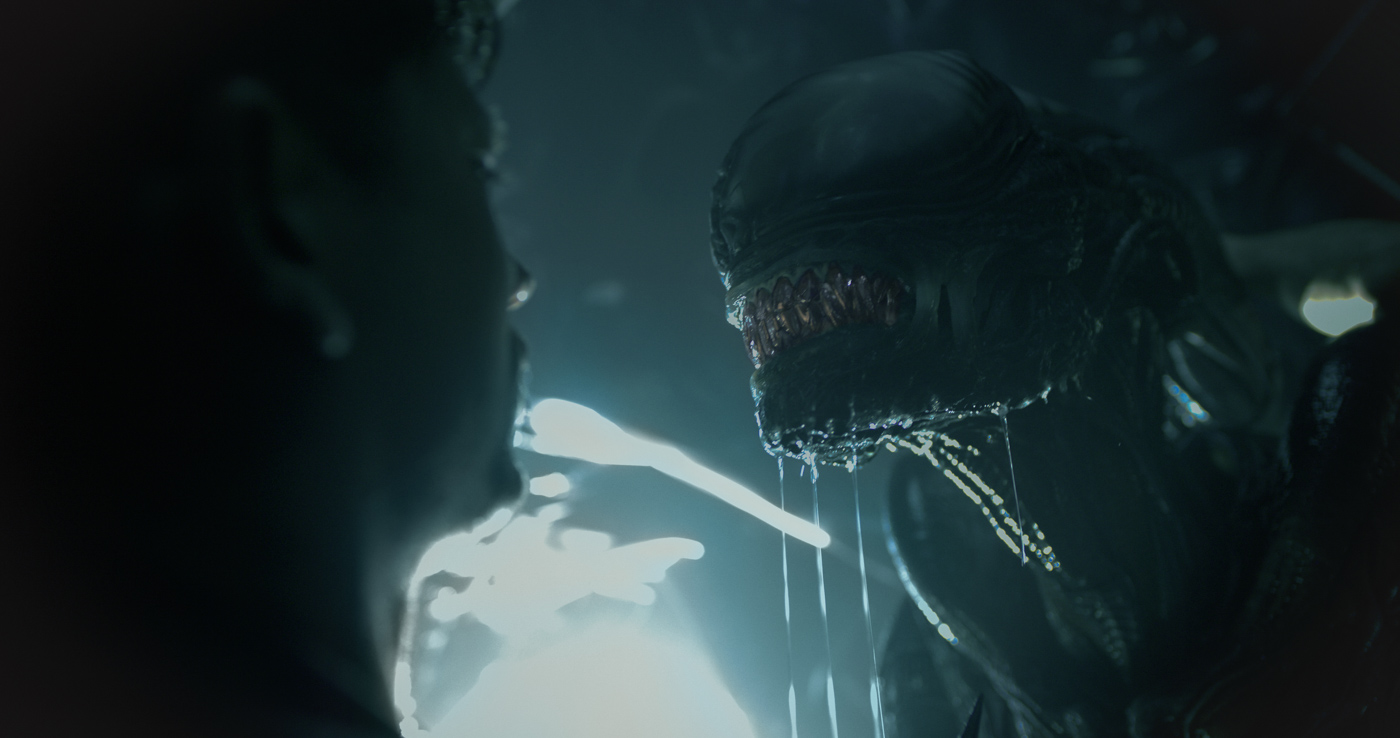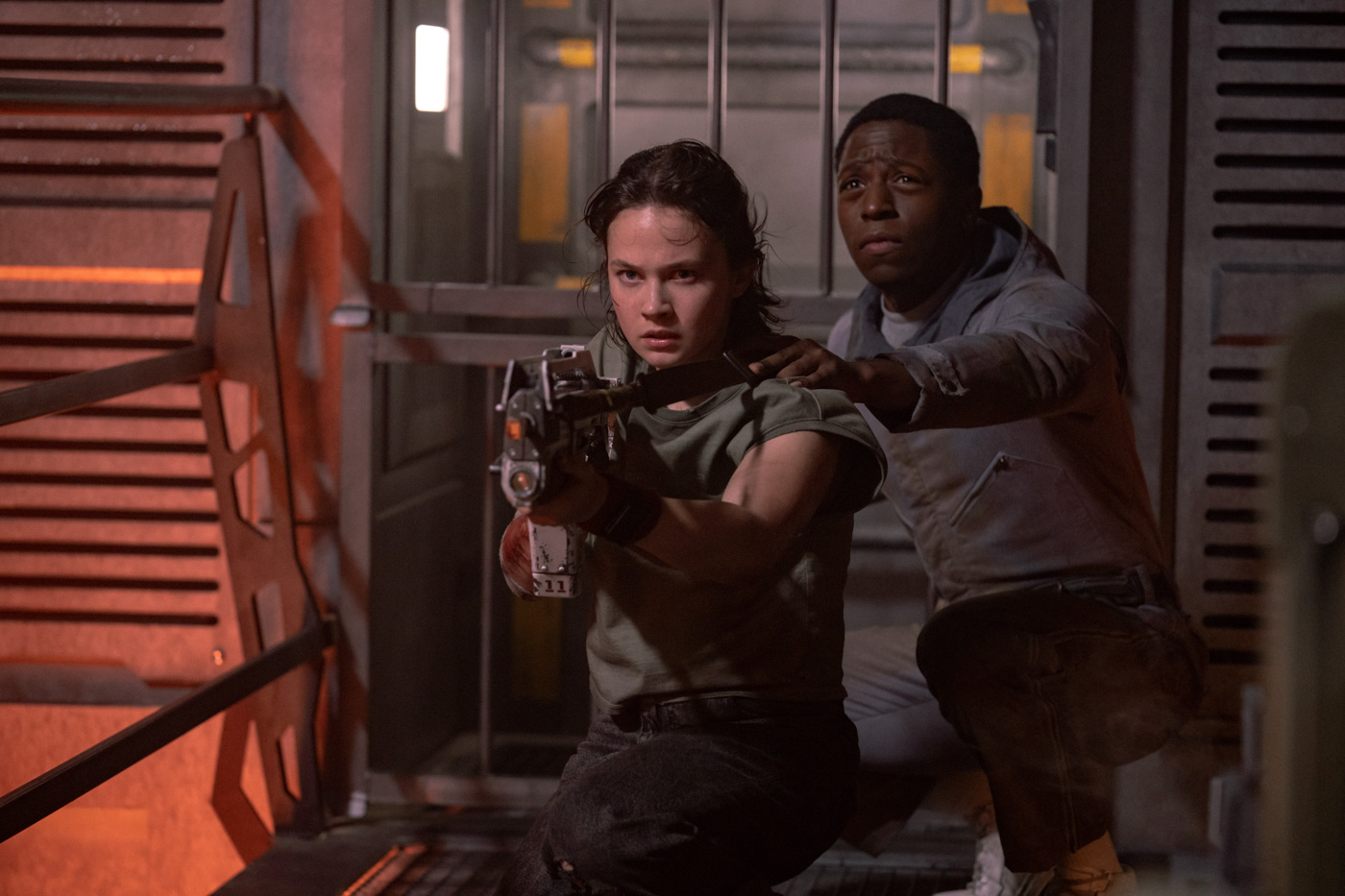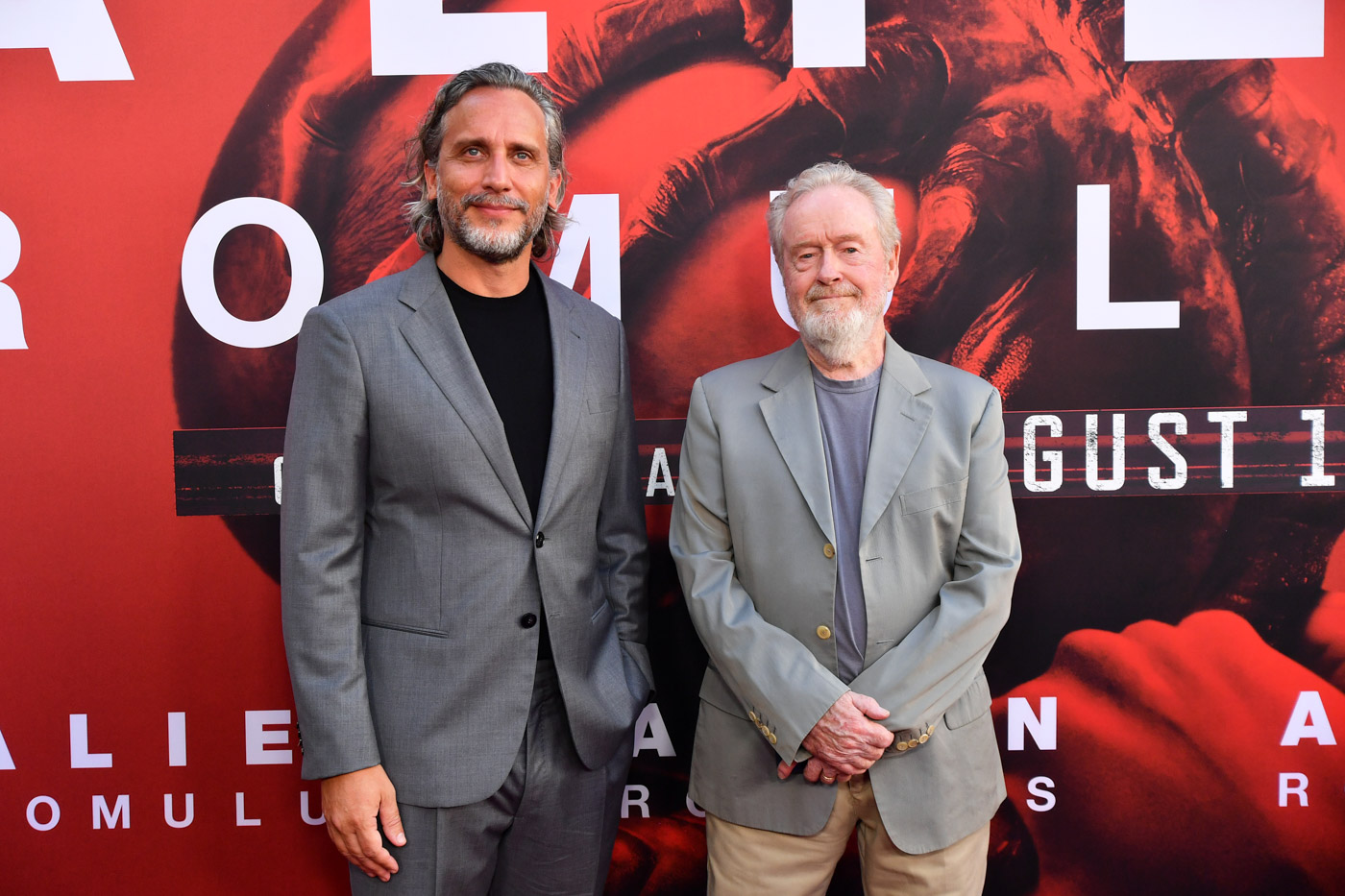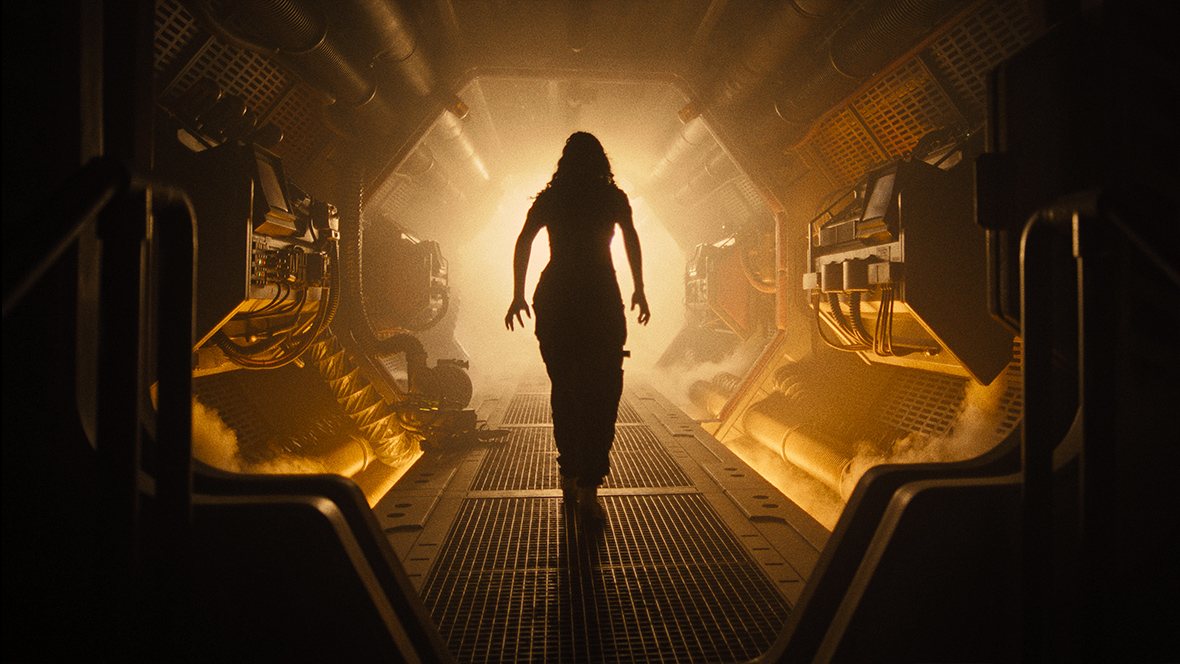By Moss Cohen
The Alien franchise is one that has taken many twists and turns over the decades since the first chapter, Alien, was released in theaters in 1979.
“It went through many, many transformations and natural evolutions of a franchise,” Fede Alvarez, the writer and director of the latest installment, Alien: Romulus, said. “The whole point of this movie was to take back Alien to the simplicity of the beginning of the franchise, where it was, above all things, a horror movie.”
20th Century Studios’ Alien: Romulus — which took the No. 1 spot at the box office over the weekend with an estimated $41.8 million domestic opening — follows a group of young space colonizers as they’re scavenging the deep ends of a derelict space station. The group — played by a cast of exciting young stars like Cailee Spaeny, David Jonsson, Archie Renaux, Isabela Merced, Spike Fearn, and Aileen Wu — are attempting to make a quick score and be on their way within minutes, only to come face to face with the most terrifying life form in the universe.
Marrying the Old and New
In order to achieve the scariest atmosphere possible, Alvarez chose to emulate the original film in the series, which was directed by legendary filmmaker Ridley Scott.
To take the movie back to its horror roots, “We needed to make the film the way those first films were made,” Alvarez explained. “Those films were pre-digital effects.”

That means the baseline for the production process was practical and in-camera — just like the earlier films in the series. Sets and creatures were built so that the actors could feel the same terror on set that audiences would feel in theaters.
“That’s why we built everything on practical effects, animatronics, [and] miniatures for the spaceships, and combined them with the latest computer-generated work that the best companies like Industrial Light & Magic and WĒTĀ can provide,” Alvarez said. “I think it’s a marriage of the new things and the old things, the classic things that create a movie that looks modern.”

The Original Returns
“The best partner you can have for an Alien movie, obviously, is Ridley Scott,” Alvarez said.
And that’s just who Alvarez got. Scott — the director of the original film and producer and director on many of the subsequent films in the series — acts as a producer on the latest movie and was hands-on in giving Alvarez advice to strengthen the production.

“He’s been a great partner at every level,” Alvarez noted. “At the beginning, he was the first one to really pinpoint the things that we were going to make this movie pop. And he was totally right. So, he helped me to zero in on the elements that needed all of my attention.”
Scott was also on hand during the editing process to help “tighten up the pace, kick the tires, make sure that everything that was on the movie needed to say on the movie,” Alvarez said. “And he’s been a great advocate for the film since.”
Made for Theaters
Scott is a filmmaker with no shortage of box office hits, and — unlike many of the characters in the films — the iconic Alien film series is one of the highest-grossing science fiction horror franchises in box office history.
With all its real Xenomorphs and practical sets, Alien: Romulus is also made to be seen on as big a screen as possible.
Audiences have the opportunity to experience Romulus in a variety of premium and large screen formats only available in theaters — everything from IMAX to XD to ScreenX to 4DX.

Alien: Romulus continues a string of major theatrical releases from The Walt Disney Company over the past few months, with hits like Inside Out 2, Deadpool & Wolverine (which both crossed $1 billion at the box office), and another film that reinvigorated a franchise formerly under the 21st Century Fox umbrella — Kingdom of the Planet of the Apes, which was May’s biggest release and ultimately earned nearly $400 million at the global box office.
Collectively these films showcase the company’s ability to produce and market theatrical films in innovative ways — like seeing apes riding horseback along the beach or facehuggers strewn across attendees of San Diego Comic-Con — that drive awareness to large swaths of moviegoers.
Unlike the original film’s famous tagline, when fans see this new horror film in theaters, other viewers will be able to hear them scream.



